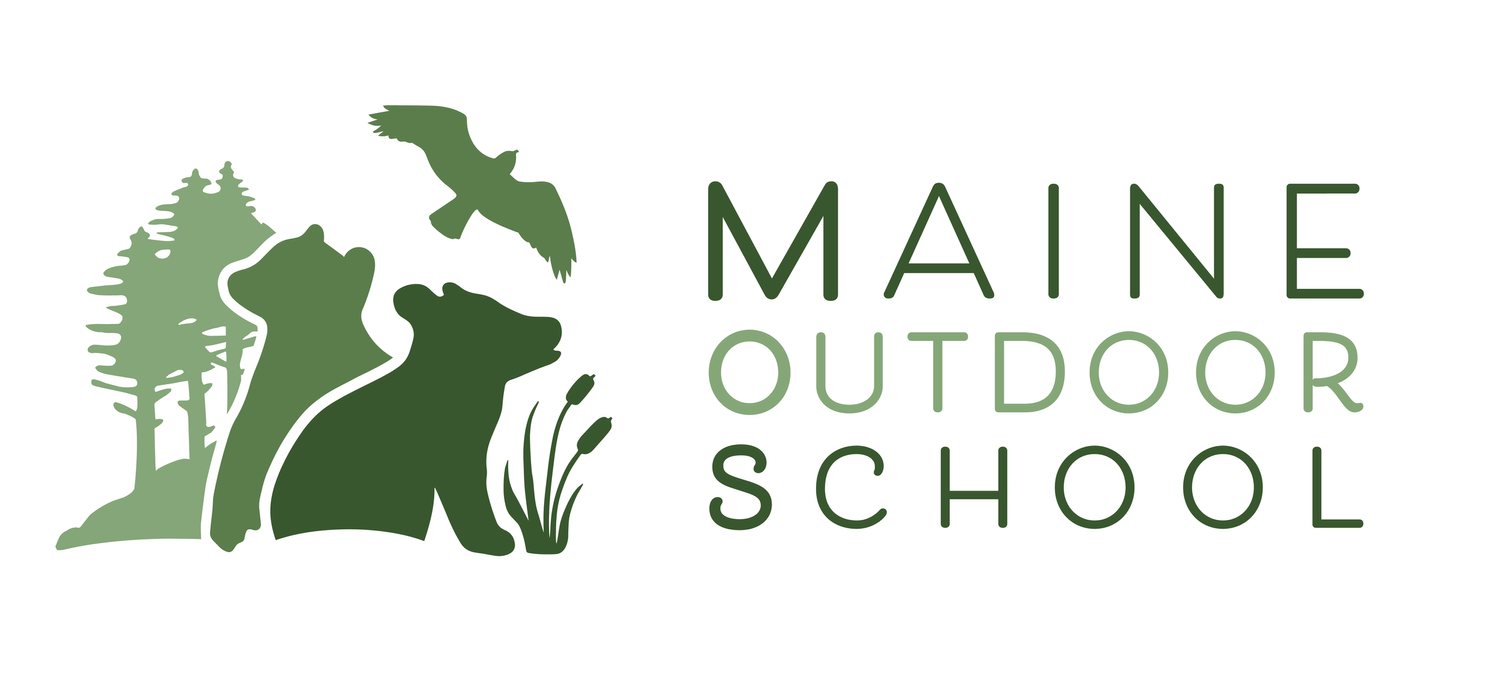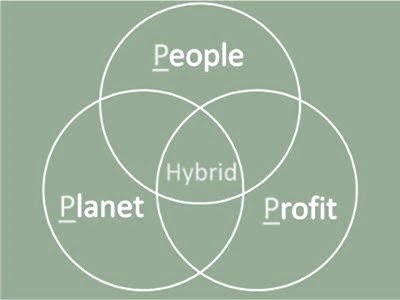Defining Resilience
Resilience is often described as the ability to “bounce back.” A resilient person is a person who can bounce back to a state of wellbeing no matter the magnitude of change in his or her circumstances. A resilient community is one that can bounce back, or recover, from a natural disaster or scarcity of resources by still providing its residents with their needs, despite changing realities. However, resilience is not simply bouncing back to the same state it had before an event; resilience is reflected by moving into a new and better state of wellbeing. In order to embody resilience, a person or community’s needs must be met, they must be able to adjust to change, and they must take preventative action to reduce the chance of negative events from occurring (see graphic). The capacity for personal and community resilience is directly tied to resource access, relationship quality, attitudes and behaviors, and health.
how we teach resilience
The Resilience Triangle: Our focus within all our offerings.
We challenge our participants to study natural history (all the systems and interactions in nature) and land use history (how humans have interacted with those natural systems in the past). We then have our participants apply their learning by creating a vision for a resilient future for themselves, their communities, and their organizations. This could be as simple as a nature stewardship project in their backyards, schoolyards, or a local hiking trail.
Let’s look at an example from the outdoors
How does the great blue heron demonstrate resilience when it faces stress—say, lots of party boats spending the day in an ocean cove? The heron can fly away to a quieter cove. If a storm blows in, driving fish into deeper waters, the heron can eat crabs in the intertidal zone instead. Feisty crabs? Eat insects. Pond iced over? Head to the fields. These strategies are all examples of the heron’s ability of adjusting to change. The ancestors of our modern birds were historically ground-nesting; however, most of our local birds now nest in trees. Herons can nest in trees or on the ground--an example of taking preventative action to avoid getting eaten. All these strategies and more help the heron with meeting its needs and greatly enhance the resilience of the species.
Resilience Education teaches personal and community resilience by asking: What can we learn from our ecosystem and the history of our communities to help all living things in this region meet their needs in the face of change? How can we not just “sustain” ourselves amidst change, but how can we thrive? How can we enhance the capacity of our community to adapt, recover, and thrive in the face of adversity, trauma, or even new opportunities?
Can you think of ways your community embodies resilience?
Have any questions or comments? Reach out to us!




